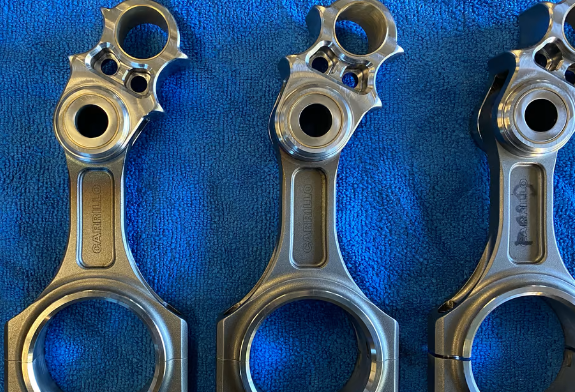The function of a connecting rod within an engine is fundamental to its operation. It serves as a bridge between the piston and the crankshaft, transferring motion from the piston to the crankshaft, and converting reciprocating motion into rotational motion. This principle is at the heart of how internal combustion engines function.
The Integral Role of a Connecting Rod
A connecting rod is a vital component in a variety of machinery, particularly in internal combustion engines. It forms the crucial link that connects the piston to the crankshaft. As the piston moves up and down during the engine’s operation, the connecting rod takes this linear motion and transforms it into the rotational motion of the crankshaft. This rotational movement is what ultimately drives the wheels of a vehicle, making the connecting rod an indispensable part of any engine.
Design and Structure of Connecting Rods
The design of connecting rods is purposefully made to withstand the significant forces and pressures exerted during an engine’s operation. They are typically long, cylindrical components with two flat ends. The larger end, known as the ‘big end,’ is designed to connect to the crankshaft, while the smaller end, referred to as the ‘small end,’ connects to the piston. These rods are usually made from robust materials such as steel or aluminum, chosen for their specific properties and benefits.

Material Choices and Performance
The material selected for the construction of a connecting rod significantly influences its performance and durability. For example, steel rods are known for their exceptional strength, making them an ideal choice for high-performance applications. On the other hand, aluminum rods are lighter in weight, which can help to improve the overall efficiency of an engine by reducing its weight.
Maintenance and Potential Issues
Despite their robust construction, connecting rods are not immune to failure. Problems such as material fatigue, incorrect installation, or insufficient lubrication can lead to the failure of a connecting rod. Consequently, regular inspection and maintenance are of paramount importance to ensure the longevity and performance of these critical engine components.
To summarize, the function of a connecting rod within an engine is to transfer motion from the piston to the crankshaft and convert linear motion into rotational motion. This fundamental process is at the core of how internal combustion engines operate. Therefore, understanding the function, design, and maintenance requirements of connecting rods is crucial for anyone working with or studying engines.